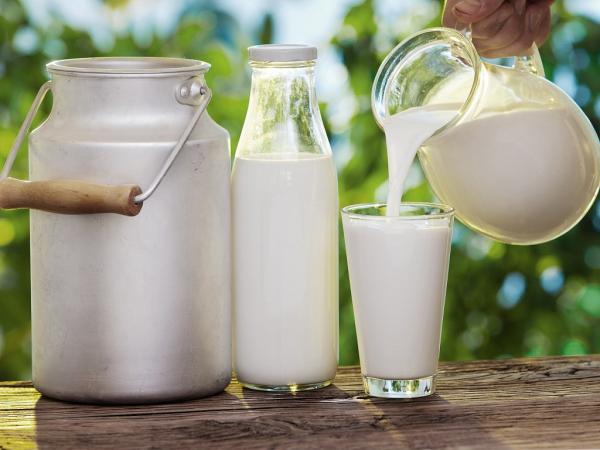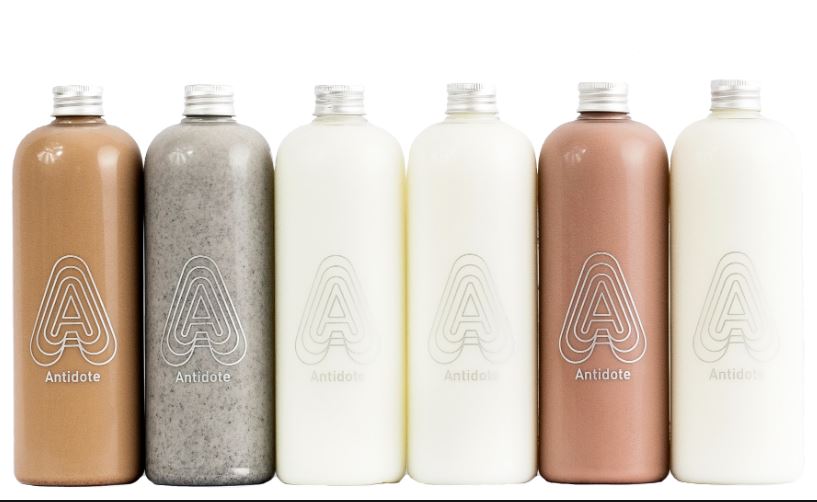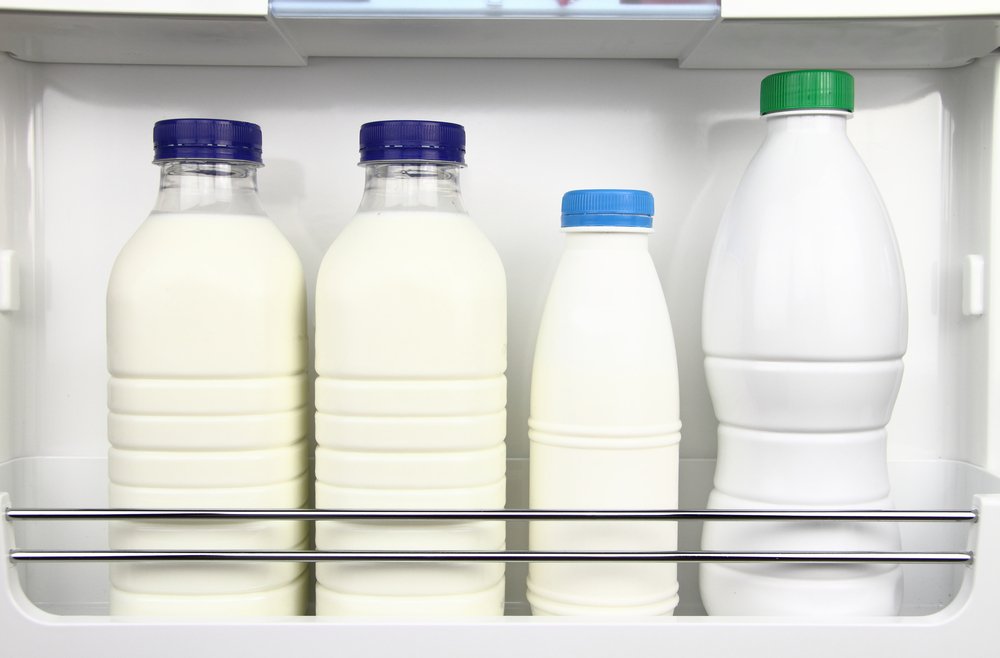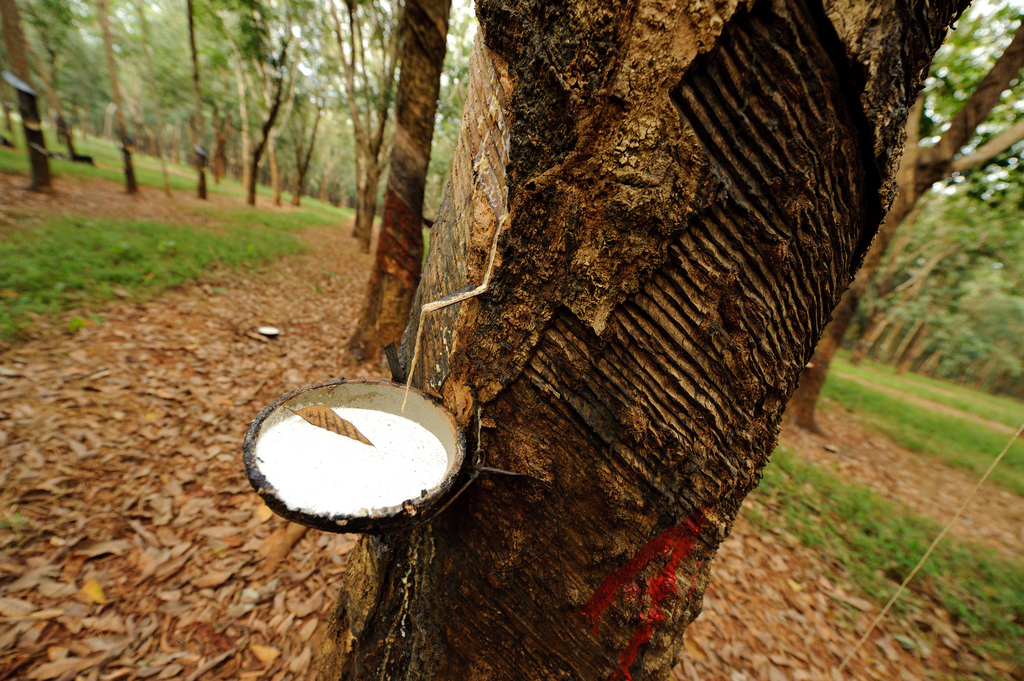The benefits of milk have been debated for a long time. The benefits of daily consumption have been formulated and confirmed by numerous studies and today are beyond doubt.
Below are the 15 most important reasons to drink milk daily.
1. Weight loss

The use of milk as a weight loss product has proven to be positive. Research has shown that daily consumption of skim milk promotes more effective weight loss. For those who did not include this product in their daily diet, the weight loss process was significantly slower. The reason is calcium, which is part of milk. It promotes active breakdown of fat deposits, which ultimately reduces body weight.
2. Anti-stress drink

Scientists have discovered that some proteins in milk help relieve stress and relax tense muscles. Lactium, a short protein, is part of it. It is lactium that helps lower blood pressure and reduce the production of the stress-causing hormone cortisol.
3. Immunity booster

Milk contains selenium, which is considered a key component for the proper functioning of the immune system. Milk consumption helps the body to boost immunity, which in turn allows a person to remain more protected from viruses and infections.
4. Strong teeth and bones

Milk is one of the richest sources of calcium. It is needed for the growth of the body as a whole, as well as for strengthening bones and teeth. Along with a sufficient amount of calcium, the presence of vitamin D is also necessary, since calcium is absorbed in the body only with its help.
5. Palliative symptoms of PMS

Researchers have found that drinking a glass of milk promotes relaxation and reduces negative symptoms during the menstrual cycle in women.
6. Heartburn and upset stomach

A cup of cold milk with a little sugar relieves heartburn and upset stomach. Milk helps to solve any problems related to digestion.
7. Lowering blood pressure

Milk is a source of not only calcium but also potassium. Potassium, if its level is maintained properly, lowers blood pressure. The consequence is a reduction in the risk of heart disease by 20 %.
8. Lowering cholesterol levels in the body

Since milk contains a large number of useful substances, its daily consumption is necessary. A glass of skim milk is even more useful, as it promotes the breakdown of fats and reduces cholesterol levels.
9. Presence of protein

The significant amount of protein in milk, from a medical point of view, improves the general condition of the body, and also maintains mental and physical health. This is important for infants and schoolchildren, as well as adults. Children are recommended to drink at least two glasses of milk per day, adults need only one.
10. Treating a sore throat

A cup of hot milk with a pinch of turmeric powder is considered the best remedy for a sore throat. The drink provides instant relief and is considered one of the oldest traditional treatments.
11. Moisturizing the body

The electrolytes present in milk help the body fight dehydration. Milk is also recommended to drink to solve problems related to dehydration and any digestive problems.
12. Creating a relief body

Milk is rich in proteins – this is a fact, and protein is the main material for building a strong body. As a result, protein in milk helps to strengthen the muscles of the body, and also helps to heal and restore damaged muscle tissue.
13. Prevention of osteoporosis

Osteoporosis has become a common occurrence in women after menopause. It reduces bone density and increases the risk of fractures. Consuming milk in the daily diet becomes of prime importance for women. The reason is that milk is rich in calcium and protein, which are the main factors in reducing the risk of bone diseases (in women).
14. Detoxification

Milk helps to remove toxic substances present in the body. High protein content helps to rid the body of excess fat. Using hot milk with turmeric or honey also improves detoxification – the breakdown, transformation and removal of harmful substances from the body, thereby protecting it from various infections.
15. Healthy sleep

And finally, the last but not the least reason. A cup of hot milk before bedtime helps people sleep soundly. Scientists have found that milk contains tryptophan. It gets into the brain and produces serotonin, which in turn calms the body and allows a person to relax and sleep well. Therefore, using milk in the daily diet is important for people of all age groups.
TOP 20 Interesting Facts About Milk
Milk is a product that is consumed quite often by most people on our planet. But do you know everything about it? Find out by reading our TOP-20 interesting facts about milk.
1. Milk for children!

The fact that milk is a food product for children is confirmed by geneticists and archaeologists. The gene responsible for the absorption of lactose was completely absent in adult people of the Neolithic era. Therefore, the intake of milk was accompanied by a violent reaction of "rejection" by the body. However, milk tastes like mother's milk, so people tried and tried to drink it, which gradually led to the emergence of a genetic mutation that allows people to do this without any problems. Now, less than half of the adult population of the globe can digest lactose in adulthood.
2. For whites only!

The people of China, Africa, Southeast Asia and American Indians do not have white skin. And they completely lack the gene responsible for processing lactose. That is, they are closer to nature. Children drink mother's milk until 2-5 years old, and then never drink it again, due to intolerance.
3. Milk bath!

Not every woman can afford a milk bath, but the wayward Poppea, Nero's second wife, took daily milk baths made from the milk of 500 donkeys. They say that Poppea's skin was very soft and smooth. Her contemporaries said that Poppea had everything good except her soul.
4. Each nation has its own fermented milk product

The Russians were the first to learn how to make sour cream and cottage cheese, the Ukrainians - varenets, the Kazakhs - ayran, the Karachay highlanders - kefir, the Georgians - matsoni. The real taste of these products can be felt only in remote villages, where ancient techniques of their preparation have been preserved.
5. Cream comes from the word "to drain"

Cream is a fatty milk with a pleasant sweet taste, previously obtained as follows: milk was left to settle for 24 hours. During this time, it was divided into 2 fractions: the upper (fat) and the lower (low-fat). The upper part was drained and used separately. Hence the name - "cream".
With the advent of separators, their first owners began to buy cream from the population. It looked like this: after milking the cows, the peasants carried the milk to a collection point, where it was separated. They bought the cream, and what was left of the milk after separating the cream was given back. So they called this "something" skim milk.
6. Milk of steppe mares heals

Kumys is a drink made from the milk of steppe mares, famous for invigorating men and making women look younger. This was discussed in 1967 in Canada, after a delegation from Kazakhstan presented this drink there. There was such a rush demand for it that an additional plane had to be equipped.
Indeed, kumis was used to treat weakened people. The first kumiss treatment center was organized near Samara in 1858 by the doctor Postnikov Nestor Vasilyevich. It is interesting that he gave kumis to drink in strict dosages depending on the disease.
7. Does not protect against osteoporosis

Three glasses of milk could provide the human skeleton with the necessary calcium, but this does not happen, since milk protein acidifies the blood, which contributes to the rapid leaching of calcium from the bones, making them even more fragile. The body "attaches" excess calcium in the blood to the kidneys, lungs and brain in the form of rounded calcifications.
8. Thunderstorms do affect milk.

Biochemists have found out that long-wave electromagnetic impulses, which are capable of penetrating any substance, are to blame for the rapid souring of milk during a thunderstorm. Therefore, even milk stored in the refrigerator will sour during a thunderstorm.
9. Frog - the keeper of milk

Frog. Brrr. And it's disgusting to even touch. However, our ancestors did not think so and trusted frogs to protect milk from souring by placing them in milk jugs. It turns out that the skin glands of ordinary frogs secrete special substances that have antimicrobial and antifungal properties. Milk is an aggressive environment for a frog, so it secretes a lot of such substances to protect itself, and as a result, it does not allow the milk to sour. The method, it must be said, is not very humane in relation to frogs and has not been studied at all in terms of the effect of milk enriched with frog antibiotics on humans.
10. Cow's milk - food for a calf

A cow does not give milk until she calves. After calving, she needs milk to feed her calf. Under normal conditions, the calf sucks the udder for several months and then switches to grass. In production conditions, the cow is allowed to give birth once, and then milked continuously for the rest of her life so that lactation does not stop. And the cow may not even see the calf.
11. Half a kilo of butter or a kilo of cheese

To get a kilogram of butter, you need to use 21 liters of milk. A kilogram of cheese is obtained from 10 liters of milk.
12. Source of infectious diseases

In the late 18th and early 19th centuries, milk was a source of tuberculosis infection for people. Only milk pasteurization helped stop the spread of tuberculosis through milk and thus contain the tuberculosis epidemic.
13. Milk as an antidote

Cow's milk proteins have the ability to bind toxins. That is why people working in hazardous industries still receive milk for free. If you add up all the milk these workers receive in a year, you can fill the Volga River with it.
14. Hormones

Fresh milk contains a large amount of estrogens within 10 minutes of receiving it, so it is not recommended for men to drink fresh milk regularly. On the other hand, beer also contains phytosterols similar to female estrogens, but few people refuse to drink it.
In 1993, the use of cattle growth hormone was permitted to increase milk yields in production. This hormone causes a carcinogenic factor to appear in milk, which is supposedly destroyed during the digestion of milk in the digestive tract. However, reliable information could not be obtained.
15. Store in a dark place

It turns out that when storing milk in glass containers, milk very quickly loses a lot of vitamins, which are destroyed by light. Therefore, milk should be stored in a dark place.
16. Milk can be used for more than just food

The hostesses claim the following:
- milk is easy to remove ink stains (but only fresh ones!);
- milk enhances the shine of gilded frames and mirrors;
- milk refreshes the look of the keys;
- If you add a little milk to the blueing solution when washing white curtains, they will look even better.
17. Invisible ink

V.I. Lenin wrote with invisible ink and sent letters from prison to freedom. The inkwell was made of bread crumb, and instead of ink, milk was poured into it. When dry, it became invisible. And the message could be read by heating the letter sheet, for example, over a candle flame.
18. Sleeping pills

It is often recommended to drink a glass of warm milk at night in order to sleep better. However, milk simply reduces gastric secretion, as it takes a long time to digest. Any neutral food has the same effect.
19. Washing with a secret

Milk dishes should be washed first in cold water, and then in hot water. If you immediately treat the dishes with hot water, the milk protein becomes viscous, sticky and difficult to wash off the walls.
20. Plant milk

Many plants produce milky juice, but it is almost always bitter and unfit for consumption. However, on the banks of the Amazon grows the Sorveira tree, the juice of which tastes like milk and is quite suitable for consumption. And the bitterness, which has frightened locals for many years, is easily removed by ordinary boiling.












